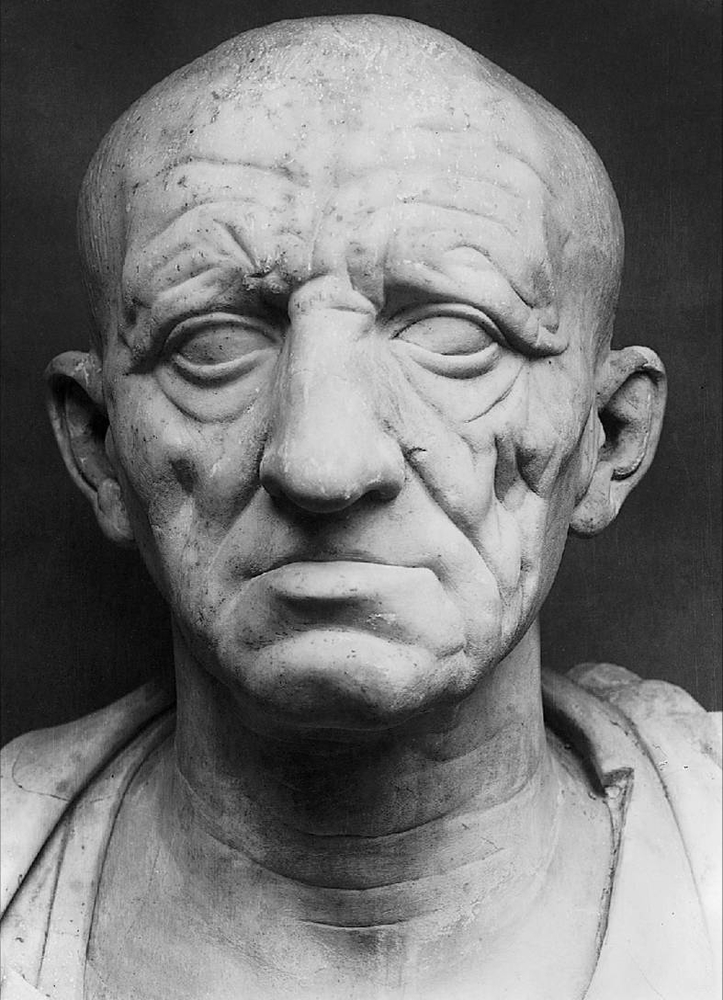More about Allegory of Wealth

Sr. Contributor
Vouet in full form, kissing ass and showing off.
Symbolic mythology and fine drapery were Vouet's special moves. The drapery here, obviously, is on lockdown. The symbolism is also on point. The chubber twins hand Wealth jewels at left and point her toward heaven at right. One's showing all the cool stuff she has on Earth, and the other's reminding her that it's worth it to be tight with Jesus. Wealth's laurel crown points back to the myth of Apollo and Daphne. The story goes that Apollo roasts Cupid for his crappy arrow skills, so the lover turns fighter and gives Apollo a shot of love and goddess Daphne a hotshot of hate. Daphne runs from Apollo, cries out to her river god father for help, and he turns her into a Laurel tree. Romans used it as an excuse to put their heroes in dapper laurel wreath crowns thereafter.
And France's King Louis XIII was loving all of it. Vouet painted this allegory as a series for Louis XIII, his boss and regent. Other allegories included one of Peace and another of Victory, all of which were decking out Louis' favorite house in France. When Louis would take some me time away from the court, he'd look at all the allegories together and see a story about all the good he was doing for the people and nation of France. Bringing wealth, victory, peace and more to the masses for the low, low price of their passive loyalty. The laurel wreath, in particular, would tell him, and any other viewer, that King Louis took what he wanted (like Apollo chasing after Daphne to rape her) and was morally righteous about the effort at hand (like Daphne avoiding the rape by turning into a tree...*classical facepalm*).
None of Vouet's allegories remain wholly intact. No one even knew Wealth existed until 70-ish years after it was finished, when someone recorded the work in the artistic roll call of the museum at Versaille. By which time, of course, Wealth had long since been removed from the king's walls and put on an easel.
Vouet would be pretty pissed off, though, if we discussed his sick rendition of Wealth's foldy fabric without bringing up her zigging and zagging aspect. Simon put her in such a let-me-give-that-a-second-look contortion because he was trying to mimic Renaissance artists like Paolo Veronese and Michelangelo, especially the latter's work on the Sistine Chapel. In Vouet's time, everyone was bonkers for the way artists like Michelangelo could create movement in a work. So, with Vouet wanting to be counted among such ranks (if not at the head of the class), he figured if movement was what everyone wanted, then it's what they'd get.

Contributor
No clearer symbol of wealth than a well-dressed, well-fed female clutching a few pudgy little ones.
Further wealth is present in the form of jewels (a necklace) and culture (an open book), though lady Wealth seems more interested in the bling and less in the book, which really probably should not be lying on the floor. Though I suppose she has money to spare.
Featured Content
Here is what Wikipedia says about Allegory of Wealth

Allegory of Wealth is a circa 1640 painting by the French Baroque artist Simon Vouet. Allegory of Wealth is its traditional title, though Nicolas Milovanovic argues that it should instead be entitled Allegory of Contempt for Wealth and the Louvre (where it now hangs) entitles it Allegory of Faith and of Contempt for Wealth.
Probably painted for Louis XIII's château at Saint-Germain-en-Laye, it is first mentioned in the French royal collection inventories early in the 18th century as Victory crowned with laurels holding in her arms an infant with a sash and an infant holding bracelets and precious stones. Frédéric Villot entitled it La Richesse in the mid-19th century and this title was not contested until 2015.
Check out the full Wikipedia article about Allegory of Wealth












